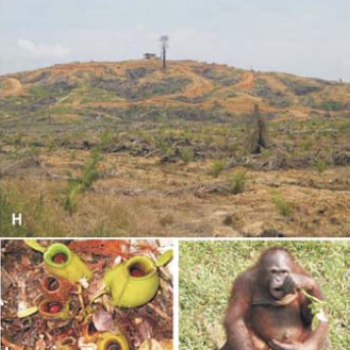Grade Level(s):
- 13-16
- Advanced
Source:
- Rebecca Tarvin
Resource type:
- Annotated journal article
Time: 1 hour
Overview
This research article examines connections between biodiversity loss and ecosystem functions that matter to humans, such as providing access to food, fuel, shelter, and water. This open-access article has been translated into Spanish and Chinese by students in the UC Berkeley Integrative Biology program.

- [History of life: Grades 13-16] Humans directly impact biodiversity, which may then impact future evolutionary potential.
- [History of life: Grades 13-16] Extinction can result from environmental change.
- [History of life: Grades 13-16] Human influence may be causing a modern mass extinction.
- [Nature of science: Grades 13-16] Science focuses on natural phenomena and processes.
- [Nature of science: Grades 13-16] A hallmark of science is exposing ideas to testing.
- [Nature of science: Grades 13-16] Scientists test their ideas using multiple lines of evidence.
- [Nature of science: Grades 13-16] Scientists use multiple research methods (experiments, observational research, comparative research, and modeling) to collect data.
- [Nature of science: Grades 13-16] Scientific findings and evidence inspire new questions and shape the directions of future scientific research.
- [Studying evolution: Grades 13-16] As with other scientific disciplines, evolutionary biology has applications that factor into everyday life, for example in agriculture, biodiversity and conservation biology, and medicine and health.
There are no NGSS/DCI concepts currently linked to this resource.
Use this resource in conjunction with our Journal Club Toolkit.
